|
Accessing prior knowledge is an important element of instruction especially when serving multilingual learners. It doesn’t have to take long, but when implemented it can stimulate thinking and help new learning stick too.
ABC Brainstorming is one way to access prior knowledge, and it can also be used as a culminating activity. ABC Brainstorming can be done in small collaborative groups or it can be done individually. I have found it most effective when introduced first individually for a few minutes and then in small collaborative groups. The F-Word. Fidelity & Why it May Be a Fallacy for EL InstructionBuzzwords in education are like mosquitos. They are here for a while and during that time they become very annoying. Lately, many educators are hearing one certain F word frequently in regard to programs and curriculum.
FIDELITY Multilingual learners count on us to provide high-quality, comprehensible, and culturally responsive instruction in each lesson in every classroom.
Here are 22 practical and efficient ways (in no particular order) we can support emergent bilinguals as they climb to become our future global leaders. *The terms multilingual, emergent bilingual, and English learner are used interchangeably in this article and also include the acronyms MLs, EBs, and ELs. What is the difference and Why should we care?Well, first and foremost, we should care if we want our students to speak like scholars. If we want our students to be marketable after they graduate. If we want them TO graduate! Then we should care! Sentence stems and frames are scaffolds as students learn language and content.
Sometimes educators use the terms sentence stems, sentence starters and sentence frames interchangeably. You may wonder...are they the same thing? The answer is no, they are are not the same. They have their own form and function.
A huge part of balanced literacy and a workshop setting is conferring with students. Conferring allows for maximum differentiation to meet specific instructional needs for students. But when we serve students who are also learning English, there is a need to accommodate the way we confer. After years of conferring with ELLs and tons of reading in the field, here are my tips for conferring with ELLs.
"A picture is worth a thousand words"...Yes, so how we get those words out? Picture Word Inductive Model (PWIM) first developed by Emily Calhoun (1999) to the rescue!
What is PWIM and how do I use it to help my students with listening, speaking, reading, and writing? You may be thinking that pictures are for primary students or for Beginner level ELs. But that's not the case. Though PWIM does benefit primary students and Beginner ELs, even intermediate and Advanced ELs gain valuable insights from this method across all content areas. Here's how I've used it in a modified version. Step 1: The teacher begins by I'm just going to be honest here because it's what's best for students. This may hurt some feelings or sting a little for some who read this, but it comes from personal experience and I feel like if we don't confront problems, we can't solve them.
I have co-taught in classrooms where the general education teacher has had little experience with ELLs. They have had little training in how to serve ELLs. Teachers with little experience or knowledge about how to serve ELLs tend to be intimidated by students who are newcomers or beginners at the entering phase of proficiency. Often teachers steer away from the student because of their own insufficiency. Inadvertently, the student feels that the teacher doesn't like them or doesn't care for them. Then the class notices as well. Suddenly, there is an underlying culture in the classroom that the ELL is not celebrated, rather they are cast away. As teachers, we took this job because we love children and want to help them learn. ALL children. Never would we intentionally want a child to feel that we don't care for them. But this is how some ELLs feel when teachers avoid ELLs, give them coloring sheets (while the rest of the class does meaningful work), or put them on a computer to practice easy English skills. I know you don't want any of your students to feel unwanted. You want them to THRIVE and LOVE learning. Here's how to ensure that your ELLs are getting what they need: 1. WELCOME Them As soon as you know you are receiving an ELL, English Language Learners benefit greatly from the structure of Writing Workshop. However, there are a some small tweaks we can make as teachers to scaffold instruction for ELLs and truly make the experience advance both literacy and language. ELLs vary vastly. Some are born in the United States and experience similar American cultures and traditions. Others have little formal education or come to America with drastically different cultures and traditions. Factors such as age, intrinsic motivation, proficiency in native language, and educational background also affect the student's development of English. For these reasons and more, we have to take a good look at each child individually and know how to adjust the Writing Workshop so that the child will grow as a writer because of the workshop structure. What I noticed in classrooms is that teachers are embracing the Writing Workshop. But some feel they can't vary from the pages of Units of Study or other programs they use. This isn't true. We have to remember, we are teaching students first. If we keep students at the forefront we can't go wrong. With sequenced, targeted, and focused support in writing, ELLs can make leaps and bounds! Here is how I support English Language Learners in Writing Workshop. Download is available below the picture.
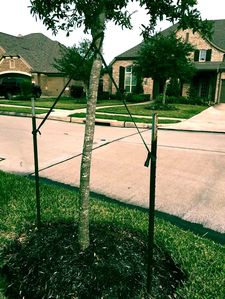 Scaffolding...when I hear this word, I think of the small trees that were planted in my front yard. Around them, the gardeners placed metal tree stakes as supports. Scaffolds in teaching are like the stakes around the tree. Interestingly enough, it is suggested that the sooner the stakes are removed, the sooner the plant can develop a strong trunk and root system. And staking a tree that does not need it can do more harm than good. So in essence, though stakes in general seem like a good thing, if implemented incorrectly, they can harm the tree. |
Categories
All
|
||||||
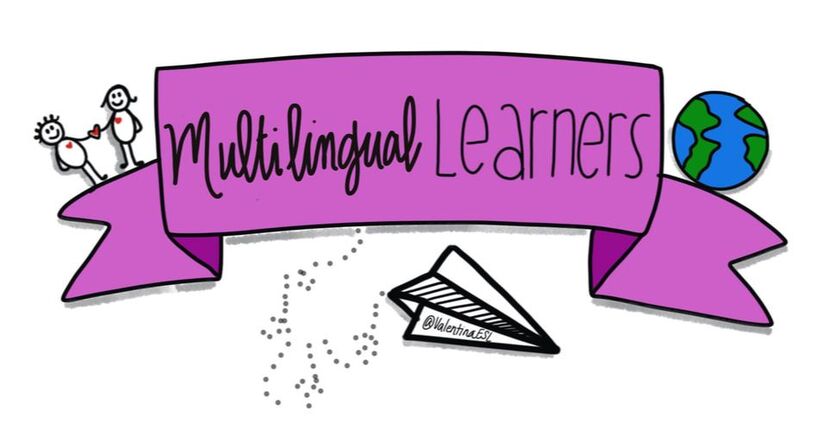
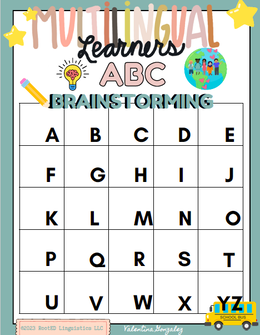
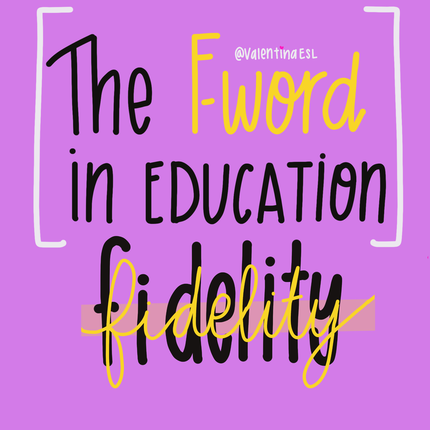

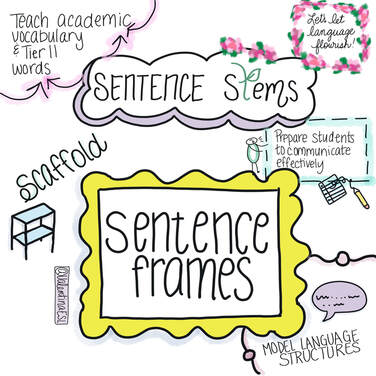
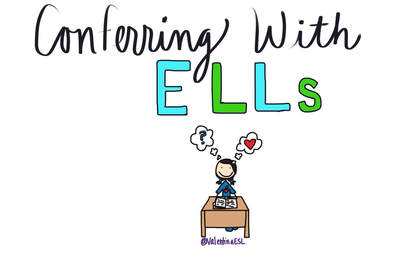


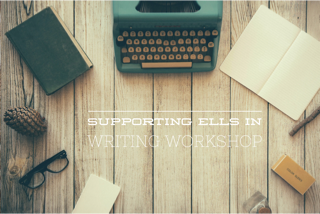
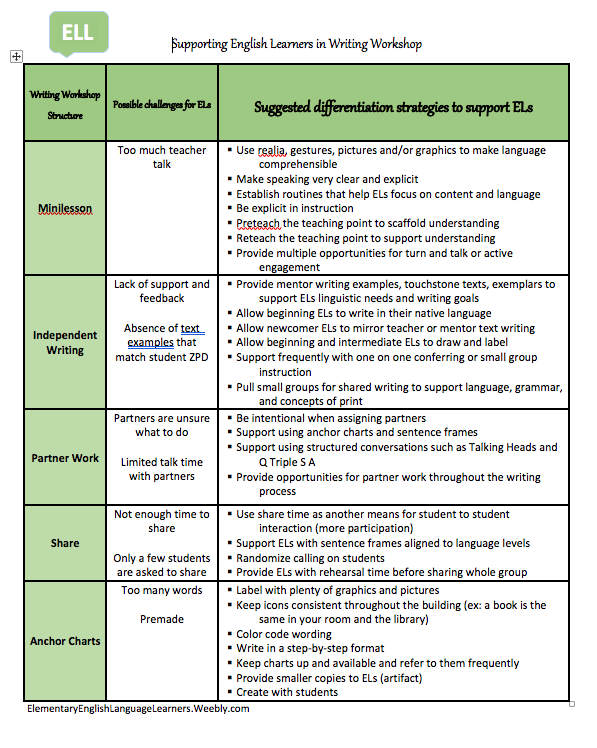
 RSS Feed
RSS Feed
